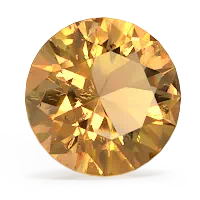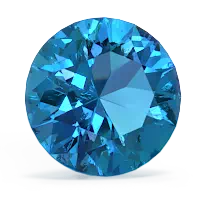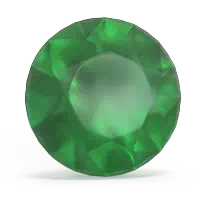The emerald has been a gem of fascination for over six thousand years. It is so prized that a fine emerald may be twice as valuable as a diamond. Emerald was first translated from Sanskrit as "marakata," meaning "the green of growing things." The name we know it as now is believed to come from an ancient Persian word, "smaragdus." Over time, it was corrupted to "emerald." Records show that the stone was known and sold in markets in Babylon as early as 4000 BC. The stone was worshiped by the Incas and mentioned in biblical information about the apocalypse. The earliest reference to emeralds in Western literature comes from Aristotle. He was a great fan of the gemstone. He wrote that owning an emerald increases the owner's importance in business and gives victory in trials. It also helps settle litigation and comforts and soothes eyesight. He also stated, "An emerald hung from the neck or worn in a ring will prevent the falling sickness (epilepsy). We, therefore, commend noblemen that it...
learn more

